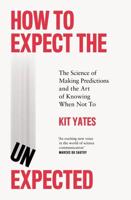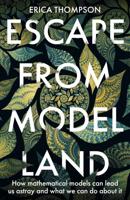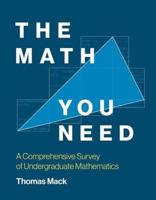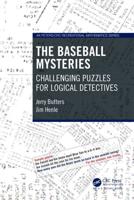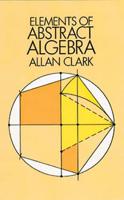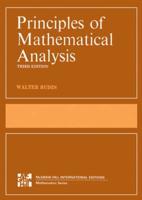Publisher's Synopsis
This book tells the story of Diophantine analysis, a subject that, owing to its thematic proximity to algebraic geometry, became fashionable in the last half century and has remained so ever since. This new treatment of the methods of Diophantus-a person whose very existence has long been doubted by most historians of mathematics-will be accessible to readers who have taken some university mathematics. It includes the elementary facts of algebraic geometry indispensable for its understanding. The heart of the book is a fascinating account of the development of Diophantine methods during the Renaissance and in the work of Fermat. This account is continued to our own day and ends with an afterword by Joseph Silverman, who notes the most recent developments including the proof of Fermat's Last Theorem.


